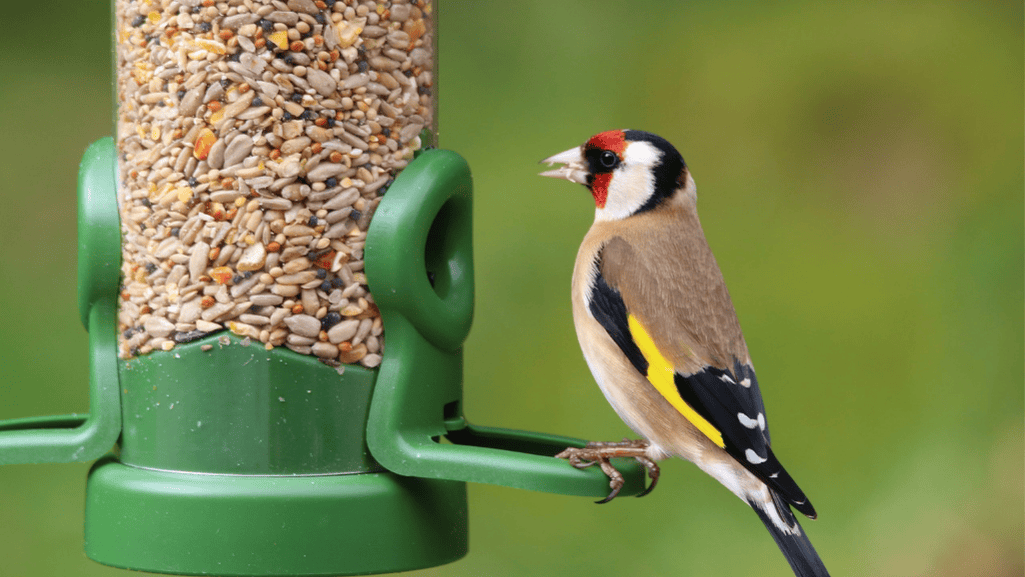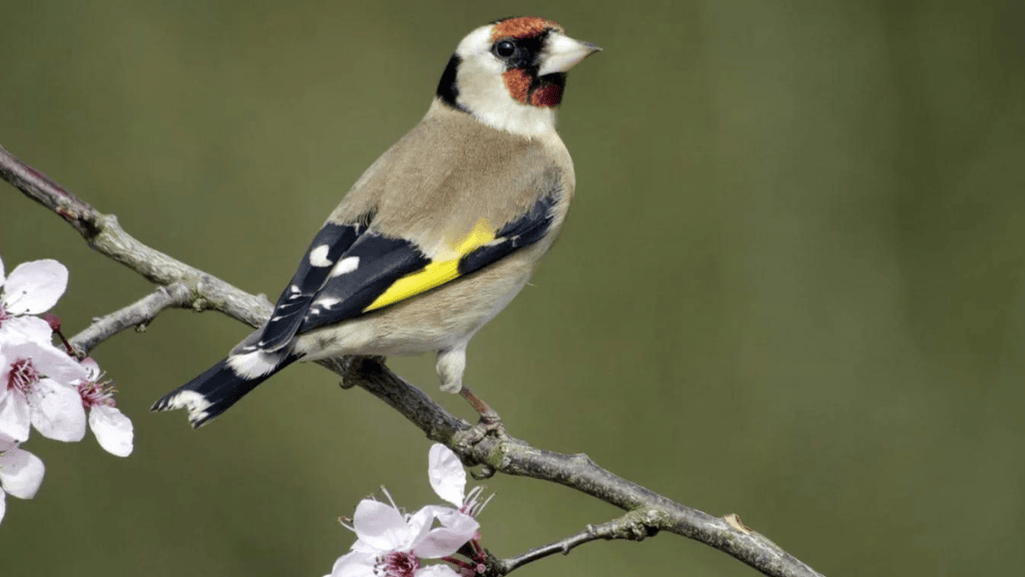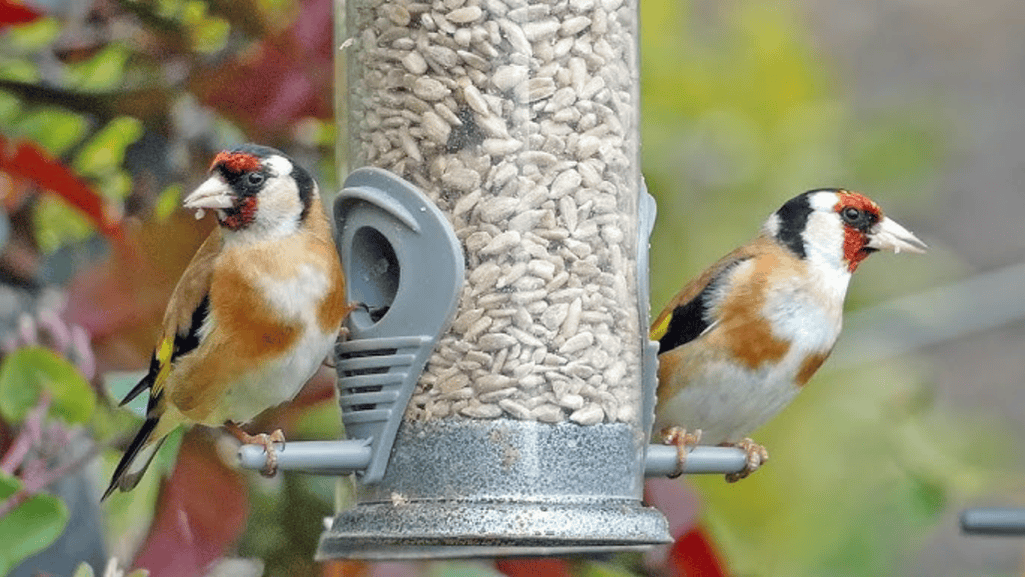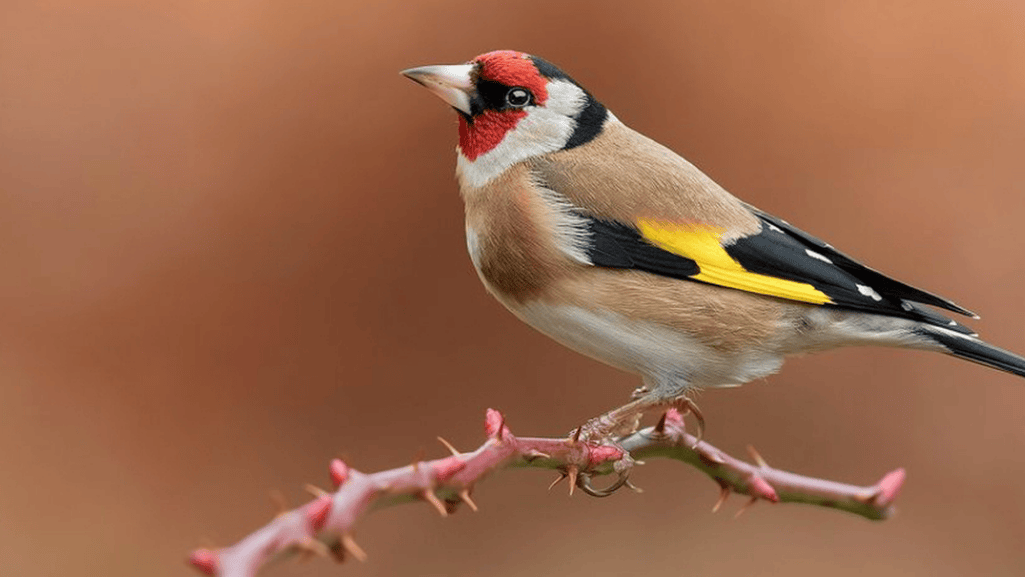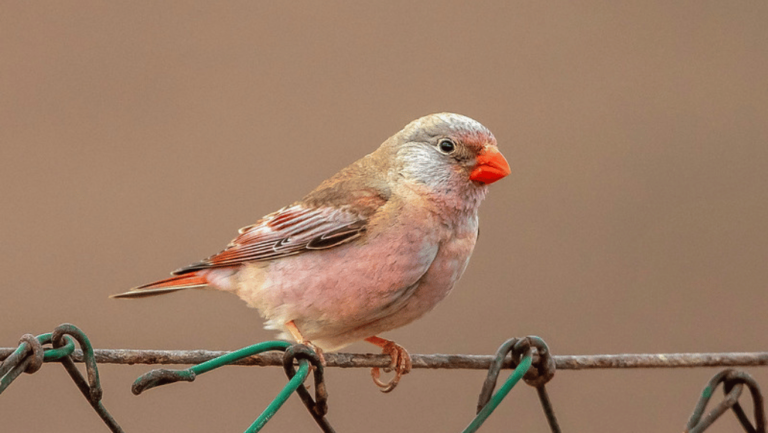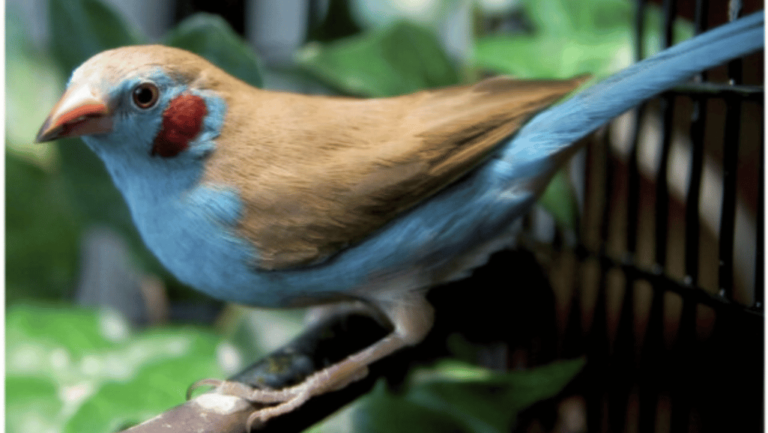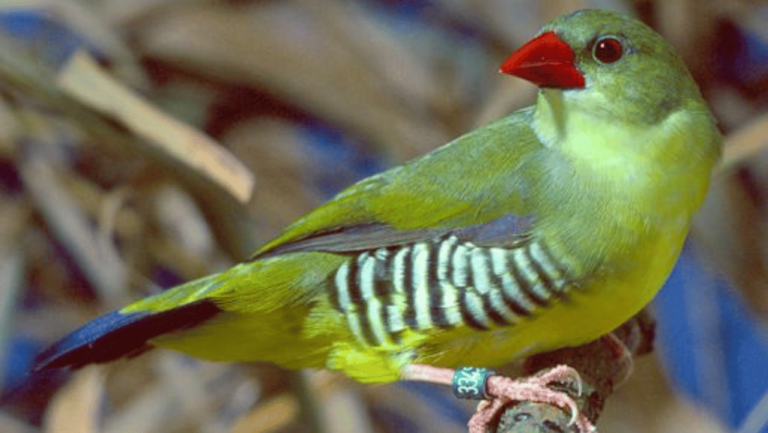The American Goldfinch, also known as the eastern goldfinch, is a small bird found in North America. It’s known for its bright yellow feathers and black wings. These birds live in the United States and parts of Canada, making them a favorite among bird lovers. People often wonder, “What is the typical goldfinch lifespan?” Knowing how long goldfinches live helps us enjoy them more and care for them in the wild.
In the wild, the American Goldfinch lifespan is usually 3 to 6 years. But, some goldfinches have lived longer than this. The oldest known American Goldfinch was 10 years and 9 months old. This shows how tough and adaptable these small birds are.
Key Takeaways
- American Goldfinches are small, colorful birds found throughout the United States and parts of Canada.
- The average goldfinch lifespan in the wild is between 3 to 6 years.
- The oldest recorded American Goldfinch lived to be 10 years and 9 months old.
- Understanding goldfinch life expectancy can help us appreciate and protect these birds.
- Factors such as diet, predation, and environmental conditions can impact goldfinch longevity.
Introduction to the American Goldfinch
The American goldfinch (Spinus tristis) is a small, vibrant songbird loved by many in North America. It’s the most common goldfinch species here. These birds add color and song to gardens, fields, and woodlands. They are known for their bright looks and interesting life stories.
Identification and Physical Characteristics
American goldfinches are small, weighing between 11-20 g (0.39-0.71 oz). They are 11-14 cm (4.3-5.5 inches) long and have a wingspan of 19-22 cm (7.5-8.7 inches). During breeding season, males have a bright yellow body with a black cap and white rump. Females are mostly brown with a pale yellow bib.
Goldfinches molt twice a year, unlike most birds. In winter, they lose all their feathers, looking more olive-brown. In spring, they molt again, keeping only their wing and tail feathers. Males then turn bright yellow again. This adaptation helps them blend in winter and show off in spring.
Range and Habitat
American goldfinches live across most of North America. They move with the seasons, staying in the summer in the north and winter in the south. They like open areas like fields, meadows, and gardens. They also go to deciduous and riparian woodlands for food and nesting.
Goldfinches eat a lot of seeds, especially thistle, sunflower, and other composites. They like areas with these plants. Backyard feeders with nyjer or sunflower seeds are great for watching them.
| Characteristic | Description |
|---|---|
| Length | 11-14 cm (4.3-5.5 inches) |
| Wingspan | 19-22 cm (7.5-8.7 inches) |
| Weight | 11-20 g (0.39-0.71 oz) |
| Male Breeding Plumage | Bright yellow with black cap and white rump |
| Female Plumage | Mostly brown with pale yellow bib |
| Molting | Twice a year (winter and spring) |
| Call | “per-twee-twee-twee” or “ti-di-di-di” |
| Longest Lifespan Recorded | 10 years, 5 months |
Factors Affecting Goldfinch Lifespan
Many things can affect how long American Goldfinches live. Their diet, the dangers they face, and their environment play big roles. Knowing about these can help keep these birds healthy and happy in the wild and in homes.
Diet and Nutrition
A good diet is key for American Goldfinches. They eat seeds from plants like thistle, sunflower, and aster in the wild. Feeding them nyjer and sunflower seeds can make sure they get the nutrients they need.
During breeding season, from July to September, they need more protein for their babies. Adults eat insects too. Male goldfinches help feed the babies, taking over from the female for up to three days after they leave the nest.
Predation and Threats
Predators are a big threat to American Goldfinches. Birds and their eggs can be eaten by cats, weasels, snakes, squirrels, jays, and hawks. Cats are a big danger to these birds and other city birds. Making safe places for birds and keeping pets safe can help protect goldfinches.
| Predator | Threat Level |
|---|---|
| Cats (domestic and feral) | High |
| Weasels | Medium |
| Snakes | Medium |
| Squirrels | Low |
| Jays | Medium |
| Hawks (Sharp-shinned and Cooper’s) | High |
Environmental Conditions
Weather, losing their homes, and pollution can hurt American Goldfinches. They move to avoid bad weather, some flying over 1,000 miles to get to their winter spots. Female goldfinches often go further south in the winter than males.
Urban growth and changing land use can take away their homes and food. Keeping green areas like parks and gardens helps these birds. Using fewer pesticides also protects them and other city birds. By making a safe and healthy place, we can help American Goldfinches live longer and be happier.
Goldfinch Lifespan in the Wild
In their natural habitat, American Goldfinches typically live between 3 to 6 years. Some can live up to 10 years and 9 months. Their lifespan is affected by predators, food, and the environment.
American Goldfinches eat mostly plants like thistle and sunflower seeds. They also eat small insects for protein. Their diet is key to their survival and how long they live in the wild.
During breeding season, males show off their bright yellow feathers to attract females. This shows they are healthy and strong. Females lay 2-7 eggs per nest, which hatch after two weeks. The young birds learn to fly in about 12 days and stay with their parents for another month before leaving on their own.
| Lifespan Range | Average Lifespan | Oldest Recorded |
|---|---|---|
| 3-6 years | 11 years | 10 years 9 months |
The American Goldfinch is not threatened and is considered ‘Least Concern’ by the IUCN 3.1. But, their numbers can drop due to habitat loss, climate change, and human actions.
Despite these issues, American Goldfinches are very adaptable. Some from Ontario migrate over 1,000 miles to Louisiana when it gets cold. This shows how they can survive in a changing world.
Goldfinch Lifespan in Captivity
American Goldfinches can live longer as pets than in the wild. They usually live 7 to 10 years in the wild, with the oldest one being 10 years and 5 months old. But, with the right care, they can live up to 15 years or more in captivity. This is thanks to a safe environment, a balanced diet, and regular vet visits.
Proper Care and Housing
To keep pet goldfinches healthy and happy, they need a big cage. It should be at least 24 inches wide, 18 inches deep, and 24 inches tall. The bars should be no more than 1/2 inch apart to stop them from escaping.
Goldfinches also need toys to keep them busy. Things like swings, ladders, and bells are great. Keeping their cage clean and giving them fresh water and food is also important for their health.
Diet and Health Management
Feeding pet goldfinches a balanced diet is crucial. They should eat a mix of seeds like nyjer, sunflower, and canary seeds. Adding fresh veggies and a bit of protein, like hard-boiled eggs, is good for them.
It’s also good to give them a cuttlebone or mineral block for their bones and beaks. Regular vet visits are key to catching health problems early. Owners should watch for signs of illness, like breathing issues, feather mites, or obesity.
Keeping their home clean, feeding them right, and seeing the vet when needed helps goldfinches live a long life. This way, they can be happy pets for many years.
| Lifespan Comparison | Wild Goldfinches | Captive Goldfinches |
|---|---|---|
| Average Lifespan | 7-10 years | 15 years or more |
| Oldest Recorded | 10 years, 5 months | N/A |
With a big, fun home, the right food, and regular vet visits, pet goldfinches can live long, happy lives. They can be great pets for many years, longer than their wild friends. For more info on Italian Gibber Italicus Canary care, check out our article.
Comparing Goldfinch Lifespan to Other Finches
Looking at the lifespans of different finch species shows that the American Goldfinch’s life span is similar to its relatives. By studying finch lifespans, we learn about what affects their survival and health in the wild and in captivity.
House Finch Lifespan
The House Finch is a common bird in the U.S. It lives about 5 to 7 years in the wild. The oldest House Finch was 11 years and 7 months old, showing they can live a long life with the right conditions. Like American Goldfinches, they eat similar foods, live in similar places, and face similar dangers, which affects their life spans.
Purple Finch Lifespan
Purple Finches, related to the American Goldfinch, live about 3 to 5 years in the wild. They may not live as long as some other finches, but they are still tough and adaptable. Things like food, predators, and their environment can affect how long they live.
| Finch Species | Average Lifespan in the Wild | Maximum Recorded Lifespan |
|---|---|---|
| American Goldfinch | 3-6 years | 10 years, 5 months |
| House Finch | 5-7 years | 11 years, 7 months |
| Purple Finch | 3-5 years | 7 years, 3 months |
By comparing House Finches and Purple Finches to American Goldfinches, we see how many factors influence their lifespans. Understanding their unique traits and challenges helps us create better environments for all finches.
Goldfinch Aging and Life Cycle
The American goldfinch goes through many stages in its life, each with its own look and behavior. Knowing these stages helps us understand how goldfinches age and the challenges they meet at different times.
Juvenile Stage
Juvenile goldfinches leave the nest with brown feathers and dark wings. They still need their parents for food and safety. At 6 to 8 weeks old, they change their feathers to the bright adult look.
During this time, they learn how to find food, fly, and be with other goldfinches.
Adult Stage
Adult goldfinches show clear differences between males and females. Males shine with bright yellow feathers, a black cap, and white on their wings. Females have a duller yellow look all year.
Adults are on their own, finding food and forming pairs in the breeding season. They usually have one brood a year, but can have up to three in good conditions.
| Breeding Frequency | Clutch Size | Incubation Period | Fledging Time |
|---|---|---|---|
| 1-3 times per year | 2-7 eggs | 12-14 days | 12-17 days |
Senior Stage
Goldfinches in their senior years, around 5 to 6 years old, show aging signs. They may look duller, move less, and have fewer babies. Seniors face more competition for food and homes and are more at risk from predators because they move slower.
Yet, some goldfinches can live up to 10 years and 5 months in the wild. This shows their strength and ability to adapt.
Goldfinches face threats like being eaten by birds, snakes, and mammals. They also deal with cowbirds laying eggs in their nests, but these eggs usually don’t make it. Knowing about the goldfinch life cycle and its challenges helps us see how these birds adapt and survive.
How to Help Goldfinches Live Longer
Helping goldfinches live longer means giving them the right food and a safe place to live. By using good backyard bird care tips, you can help these lovely birds.
Providing Appropriate Food Sources
Goldfinches eat only plants and grains. To draw them to your yard, plant flowers that have seeds like:
- Black-eyed Susan
- Purple Coneflower
- Sunflowers
- Goldenrods
- Milkweed
You can also give them nyjer and sunflower seeds in feeders, especially in winter. Goldfinches like these seeds a lot during breeding season. Make sure to clean your feeders every 1-2 weeks to keep goldfinches coming back.
Creating a Safe Habitat
To make a safe place for goldfinches, have a clean water source, dense shrubs or trees, and nesting stuff like plant down and twigs. They like living in places like grasslands and forests with lots of plants and seeds.
Here are some tips for a safe goldfinch habitat:
- Keep cats inside to protect goldfinches
- Use fewer pesticides in your garden
- Plant a variety of native plants for food and shelter
- Have a clean, shallow water source for drinking and bathing
- Put up guards on windows to stop collisions
| Nesting Material | Percentage Used |
|---|---|
| Rootlets | 30-40% |
| Plant Fibers | 25-35% |
| Plant Down | 20-30% |
| Spider Silk (lining) | 5-10% |
By giving them the right food and a safe place, you can really help support goldfinch populations. Using native plants, keeping water clean, and reducing dangers in your yard can make a big difference for American Goldfinches.
Conclusion
The American Goldfinch is a favorite among bird lovers for its bright colors and sweet songs. This article has looked into what makes these birds live longer in the wild and in captivity. We’ve seen how their life span varies and what affects it.
In the wild, American Goldfinches can live from 6 to 9 years. Some even live over 10 years. This shows how well they adapt to challenges like predators, losing their homes, and changing seasons. By knowing what they need and the dangers they face, we can help them live longer.
To help American Goldfinches, we must protect their homes, give them food, and support conservation. Doing this helps these beautiful birds and teaches us to value our natural world. Let’s all work together to keep these birds flying in our skies for years to come.



